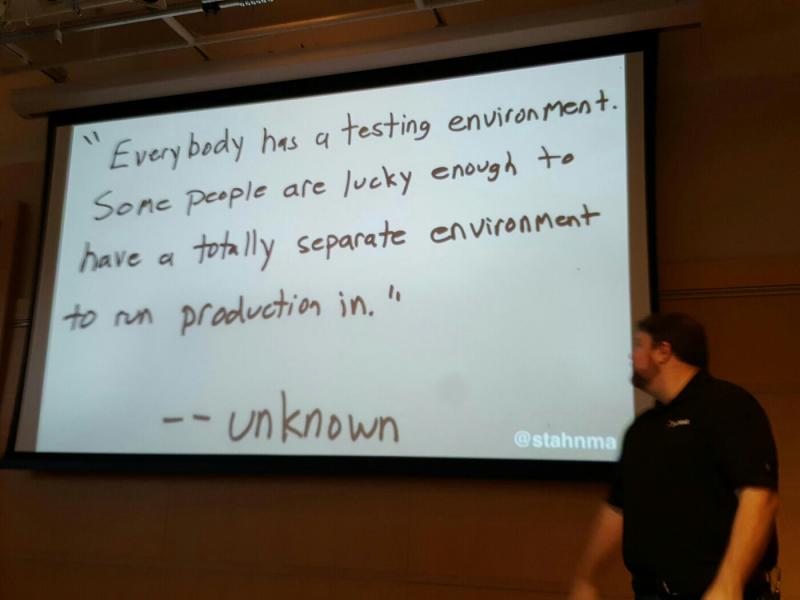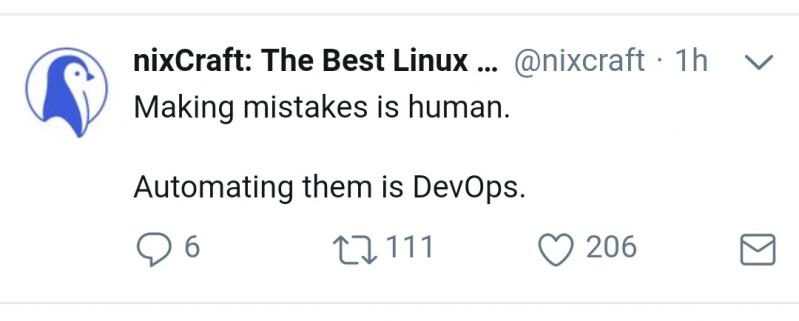Join devRant
Do all the things like
++ or -- rants, post your own rants, comment on others' rants and build your customized dev avatar
Sign Up
Pipeless API

From the creators of devRant, Pipeless lets you power real-time personalized recommendations and activity feeds using a simple API
Learn More
Related Rants

 Too true, too true...
Too true, too true... On my twitter feed today.
On my twitter feed today. Story of my life.
Story of my life.
Best Practices for Implementing CI/CD Pipelines in a Microservices Architecture
Hello everyone,
I'm currently working on implementing CI/CD pipelines for our microservices-based application and I'm looking for some best practices and advice. Our architecture consists of several microservices, each with its own repository and development team. We've been using Jenkins for our build automation, but we're open to exploring other tools if they offer better integration or features.
Here are a few specific areas where I need guidance:
Pipeline Design: How should we structure our CI/CD pipelines to handle multiple microservices efficiently? Should each microservice have its own pipeline, or is there a better approach?
Deployment Strategies: What deployment strategies work best for microservices to ensure zero downtime and easy rollback? We're considering blue-green deployments and canary releases, but would love to hear about your experiences.
Tool Recommendations: Are there any CI/CD tools or platforms that are particularly well-suited for microservices architectures? We're particularly interested in tools that offer good integration with Kubernetes.
Testing and Quality Assurance: How do you handle testing in a microservices environment? What types of tests do you include in your CI/CD pipelines to ensure the quality and stability of each microservice?
Monitoring and Logging: What are the best practices for monitoring and logging in a microservices setup? How do you ensure that you have visibility into the performance and issues of individual microservices?
Any insights, resources, or examples from your own implementations would be greatly appreciated. Thank you in advance for your help!
question
devops